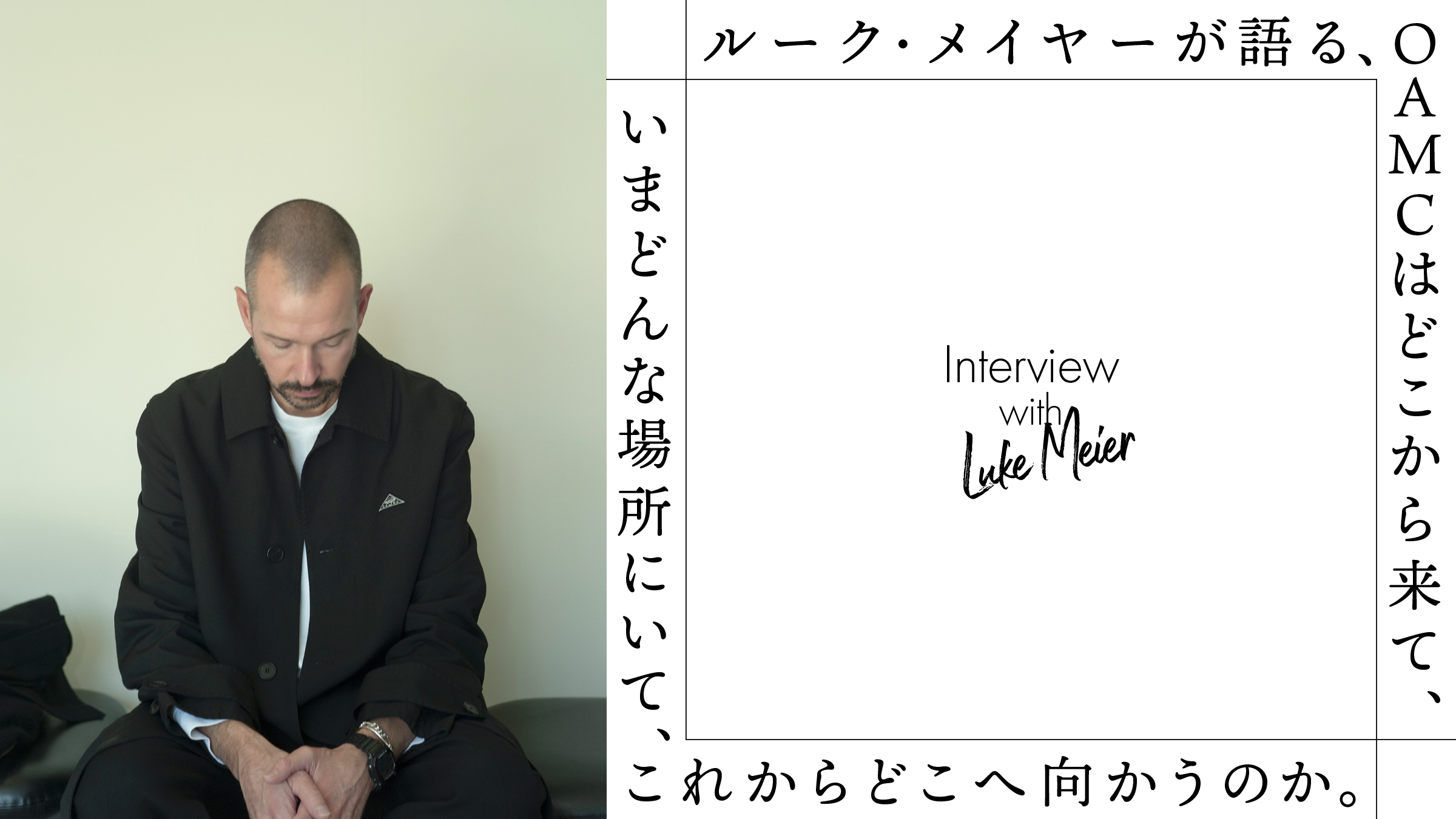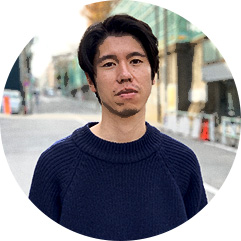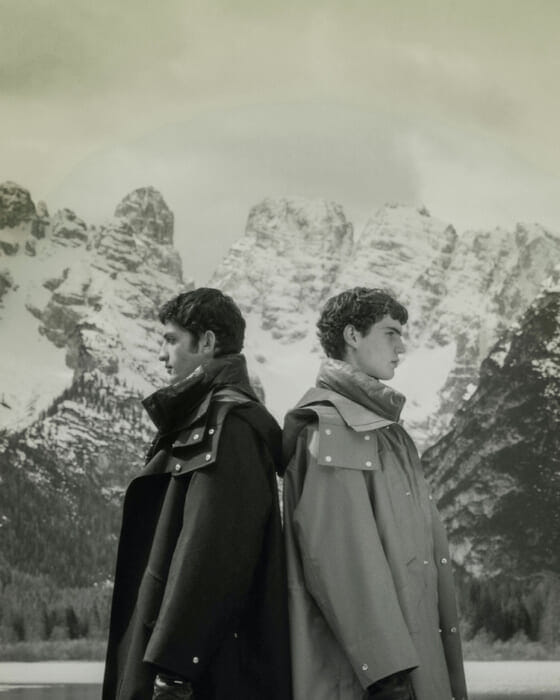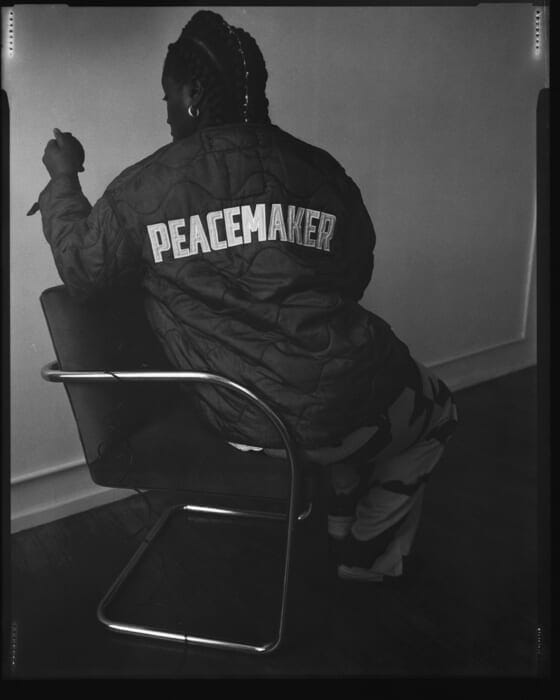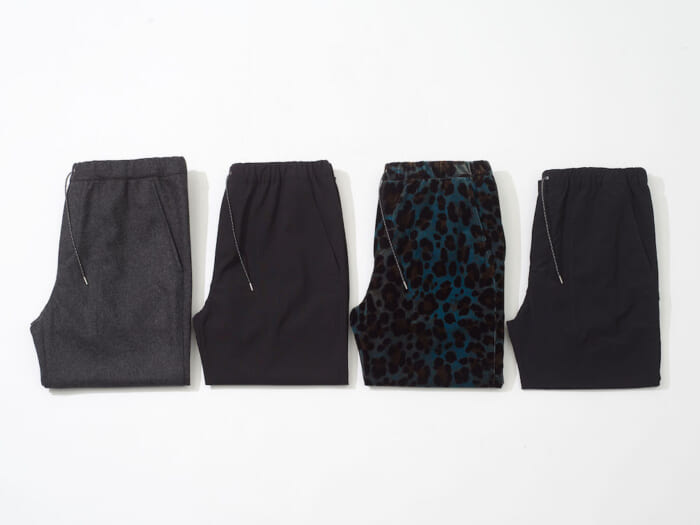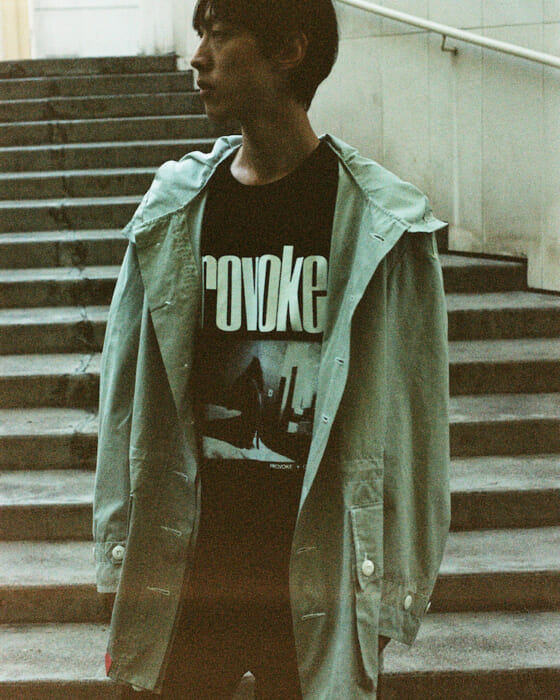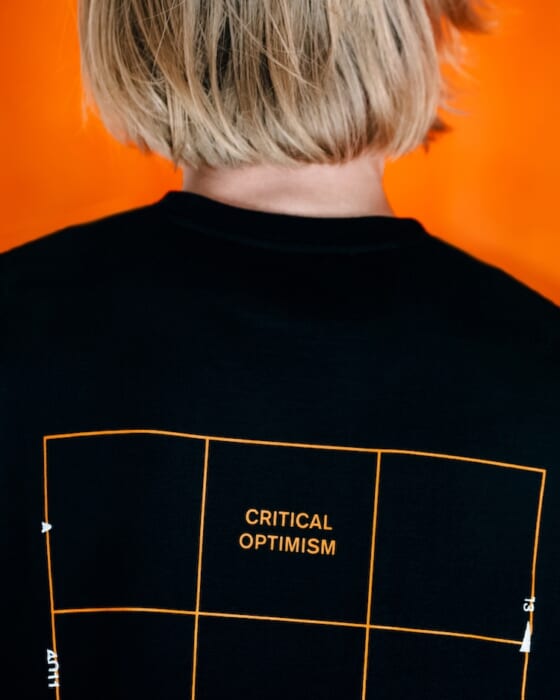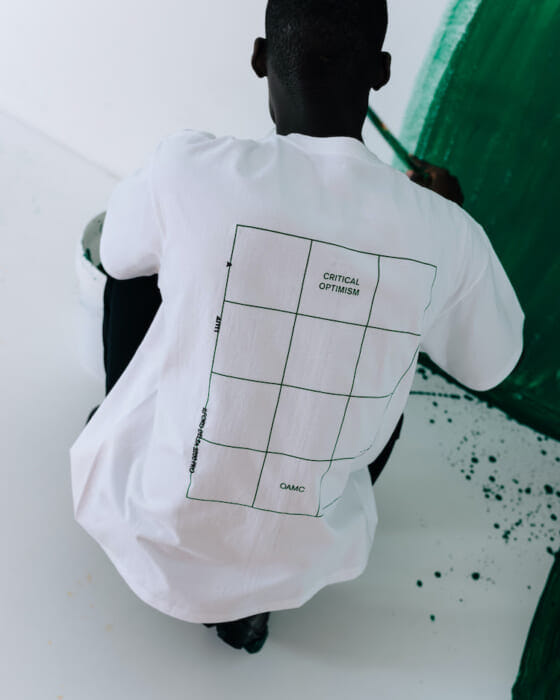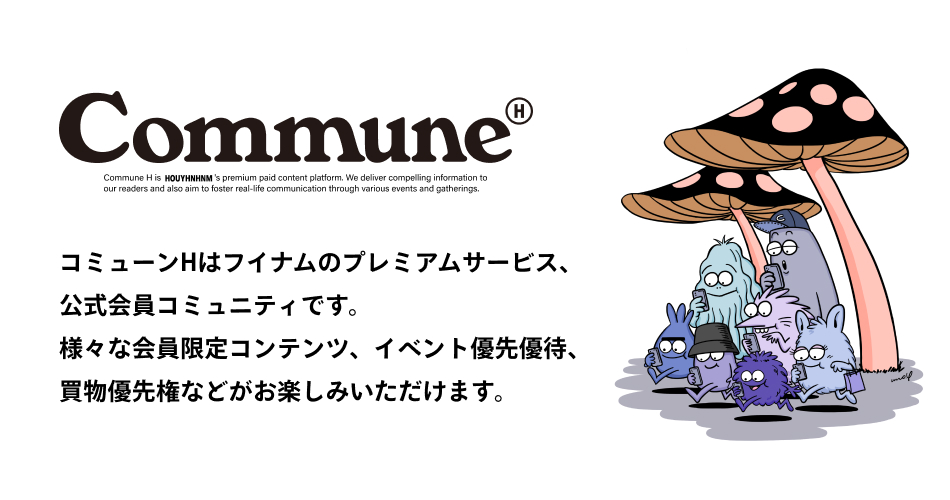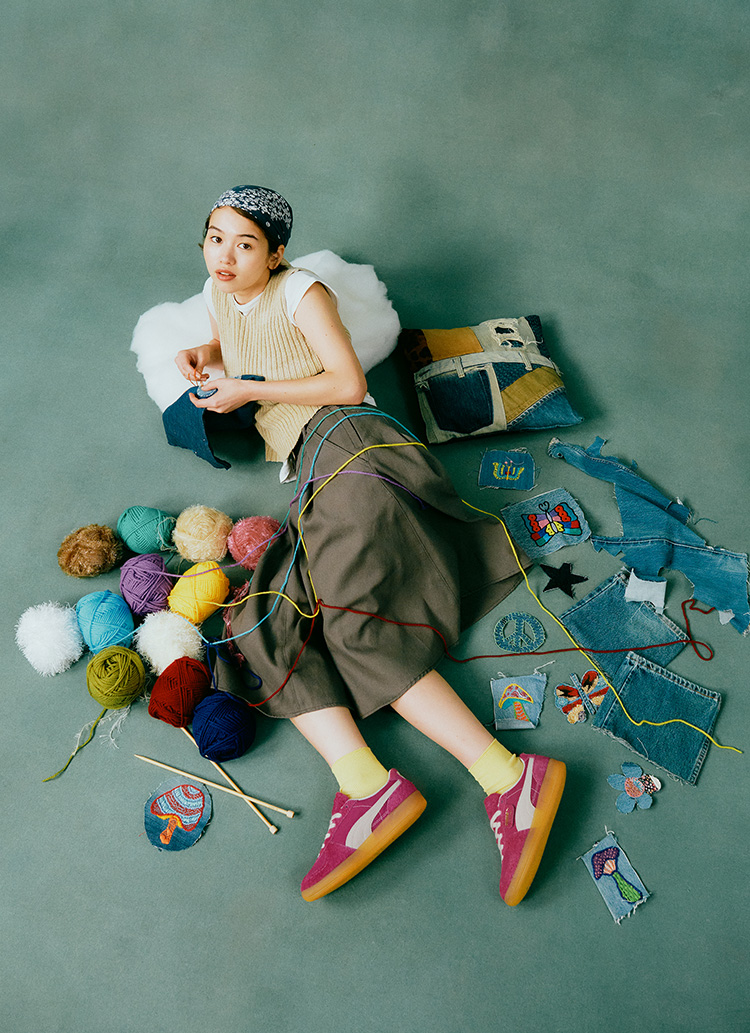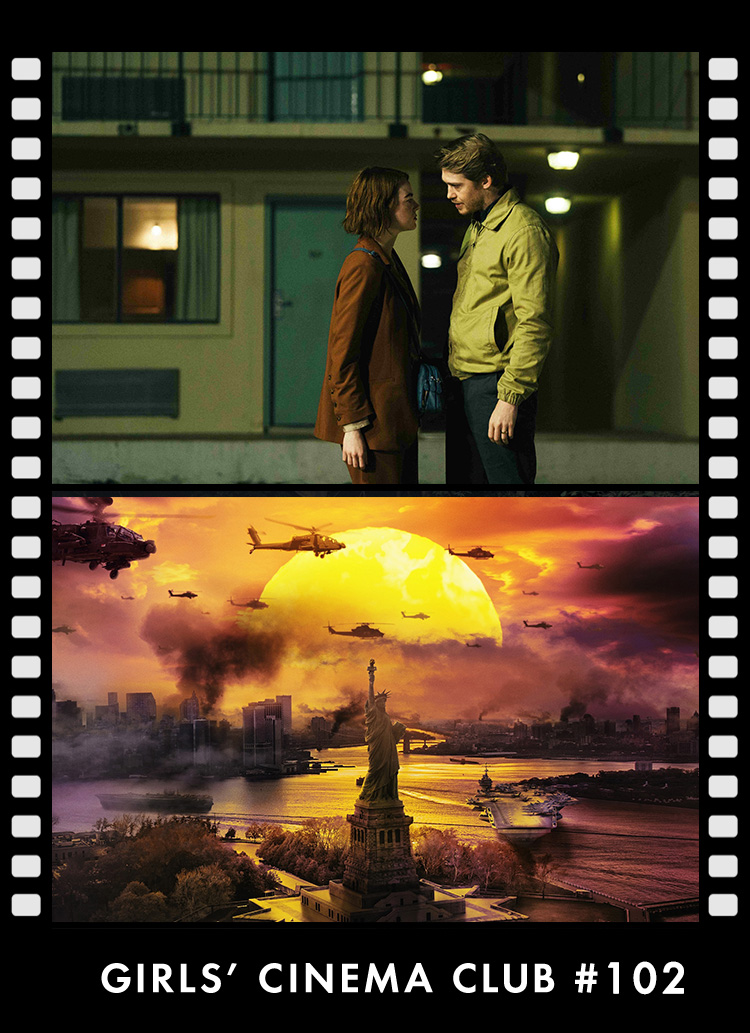PROFILE
A Canadian fashion designer, he launched OAMC in 2014 and currently serves as Creative Director.
I want to contribute, not just observe as a consumer.
First of all, let's talk a little about your past. At first, you studied something other than fashion in college, right?
Luke: Yes, I am. I specialized first in finance and then in menswear. As for finance, I didn't have a passion for it, simply because it was practical, and I didn't want to spend the rest of my life eating at it. I had to decide at 17 what I wanted to study, and I thought if I did something practical, it would help me somewhere in the future. After college, you moved to New York City and worked in catering.
Did you know you wanted to work in fashion at that time?
Luke: After moving to New York, I think I found what I was really interested in. At first, I was interested not only in fashion, but design in general, and youth culture in general, including skateboarding and music.
Why did you move to New York in the first place?
Luke: Well, that was just for a change, I was going to work in finance (laughs). When I finally arrived, I found that New York was full of all forms of creation. When I saw the things that had influenced me when I was young, I decided that I wanted to contribute and participate in some way, rather than just observe as a consumer. Specifically, I wanted to work in design. So I had the opportunity to meet some of the guys at Supreme, and soon after I started working with James Jebbia (founder of Supreme).

Did you expect from the beginning to stay in this world for this long? What is it about fashion that attracts you?
Luke:I think the only reason I am still able to do this is simply because fashion is what I love.
Is "fashion" in the broadest sense of the word, including not only fashion in the narrow sense, but also culture in general?
Luke:That is correct.
Do you feel that you are presenting a specific community or locality through your brand?
Luke:I am the type of person who is constantly being influenced, so there is no such thing as "I was influenced only by this place at this time. I think all the time I spent in Tokyo, New York, Vancouver, and Paris influenced me in one way or another. Every time I visit different places, I see different people and different ways of doing things. There is always something new to discover.
I see. I have been following "OAMC" since I bought a black beanie at "United Arrows & Sons" in Harajuku in 2015, and I think the brand has undergone a significant change since its debut. It has changed from being a craftsman-like brand that concentrated on the materials and silhouettes of its items to a more platform-like and media-like brand, as evidenced by its recent collaborative work. How do you perceive such changes?
Luke:I really sympathize with that view. Certainly in the early days of the brand, I was focused on gaining a deep understanding of how to create products of the quality I wanted. It was a bit like a laboratory. Also, at the time, my activities were based in New York, so this was my first experience of making products in Italy. So naturally, I had to delve deeper into fabrics, techniques, and other product-related matters. Recently, we have been able to produce good quality products on a stable basis, so we are now able to work on the conceptual aspect, such as the selection of collaborators and the context behind the artwork and silhouettes.

What is the main reason for the stability of the manufacturing ground?
Luke:We do not change the members we work with. We have been working with the atelier, studio, and pattern maker who develop our products for many years. So I have a sense of security that as long as I have a good idea, I can give it a solid shape. It's not a question of "what can we do and what can't we do?" We are now able to decide what we are going to do on our own initiative, rather than asking "What can we do and what can't we do? Perhaps this has freed up our thinking and allowed us to work on conceptual things.
What were some of the turning points for your brand?
Luke:There is no clear "changed at this time" point; perhaps it is correct to say that it evolved gradually. That is also what makes this job interesting. I think every creator has experienced this kind of evolution. You start with one thing and it evolves into something else. It is not that they abandon what they started with, but the spirit they put into the brand remains the same, and only the mood, ideas, and environment change. Exactly as you mentioned earlier, "OAMC" gradually became a medium (media) for expressing our ideas. I am neither a songwriter nor a painter, but I am expressing my ideas outwardly through my brand.


